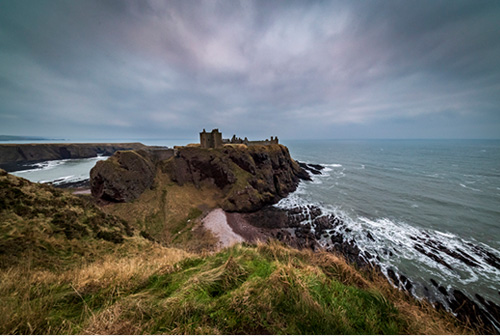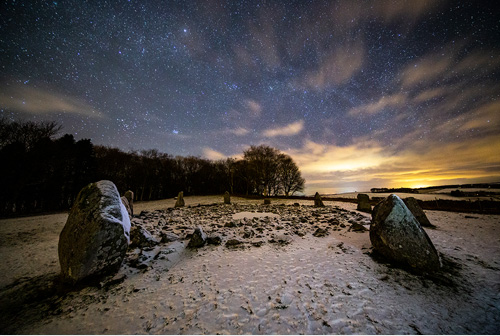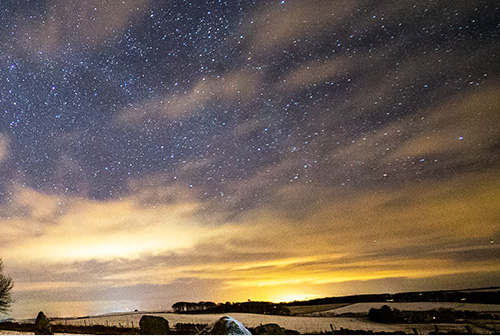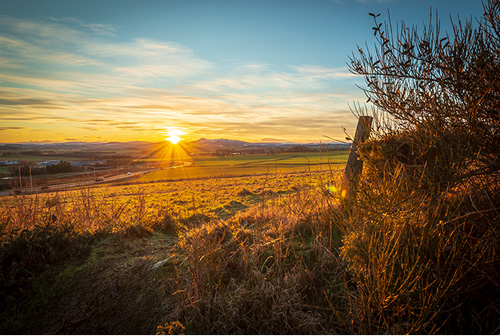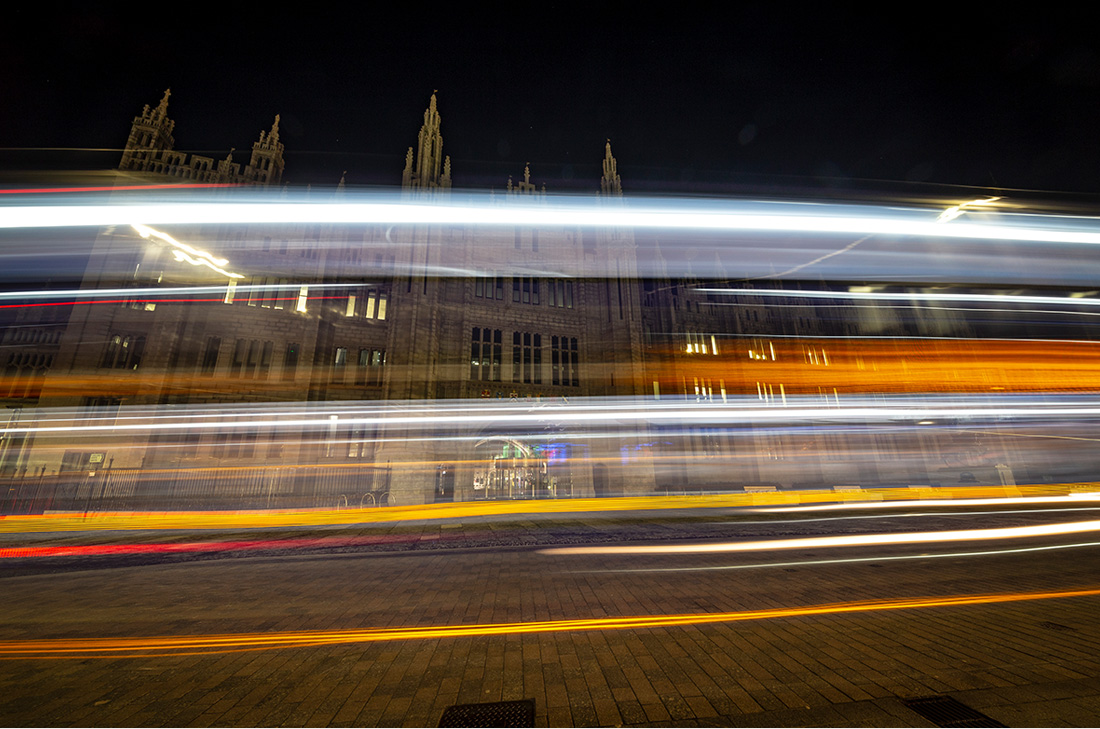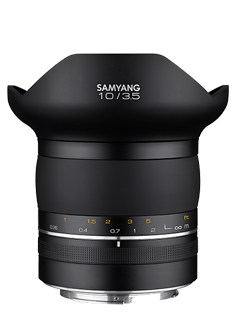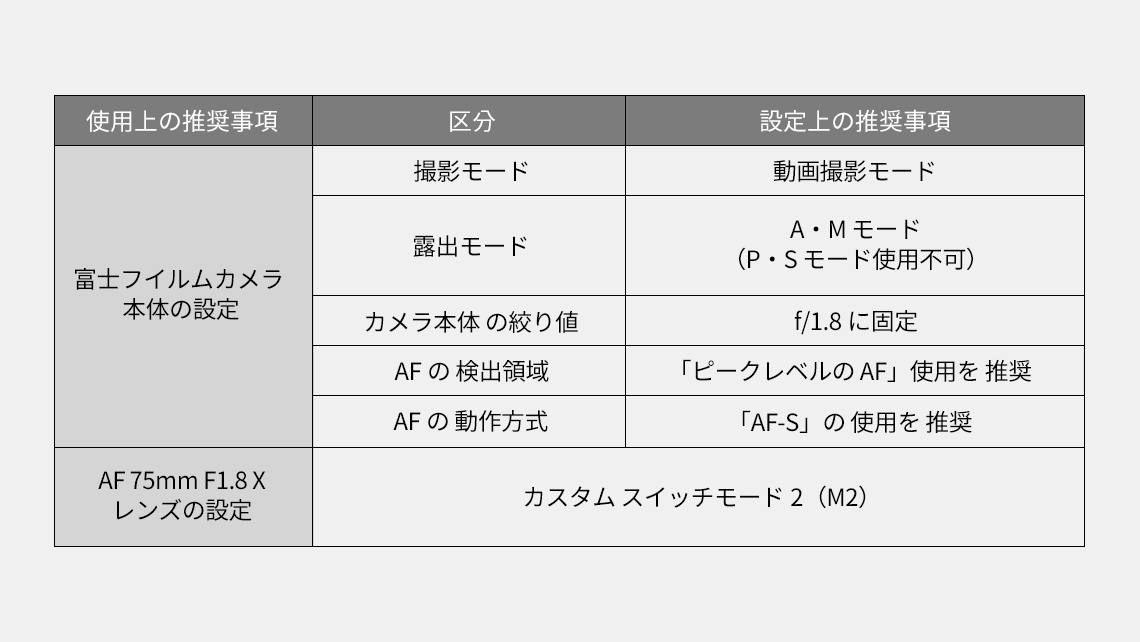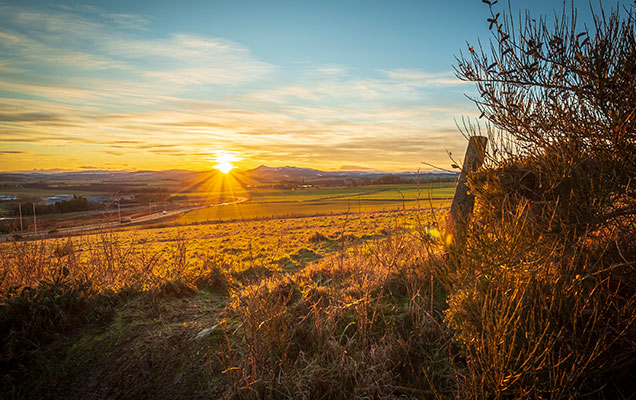BLOG
WORLD’S WIDEST PRIME LENS- DISTORTION-FREE
Introduction
I was delighted to be selected as a Samyang Passionate Artist this year and get the opportunity to test and review some new lenses.
I was sent the latest lens from the premium manual-focus XP range, the Samyang XP 10MM F/3.5, boasting as the world’s widest lens!
Out the box I was impressed with the aesthetics and build quality, the XP 10mm lens certainly has a premium feel, with a metal housing and a metal mount too. The focus ring is wide with a rubber finish for easier grip. The lens has a built-in petal-shaped hood to protect the lens and minimise flaring. It all arrived secured in a soft drawstring lens case.
As a keen astrophotographer I was glad to see the manual lens with full markings, distance and/or depth of field scale. Making focusing to infinity to capture pin sharp stars much easier. I own the older Samyang f/2.8, 14mm lens which totally transformed my astrophotography, so I was excited to see what the premium lens could do.
I would be testing the lens on a Canon 6D, although Nikon and Sony mounts will be available. The XP lens has been designed for latest generation of 50 megapixel DSLRs, offering very high resolution images.
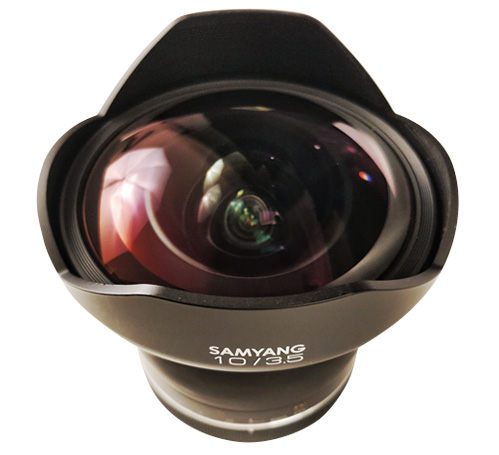
Samyang XP 10mm F 3.5
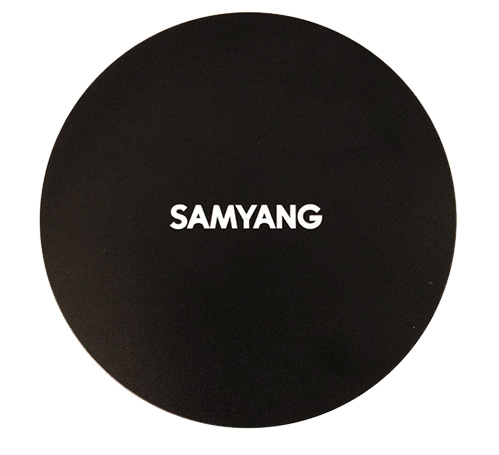
Metal lens cap
I was impressed by the resulting image, the stars looked great, pin sharp, with plenty of detail.
After a few days testing the lens in daylight I got the opportunity to try some astrophotography. I was impressed looking through the viewfinder to see the whole stone circle wrapped in the frame and the wide angle allowed me to get very close, while still allowing a good proportion of starry skies. I was impressed by the resulting image, the stars looked great, pin sharp, with plenty of detail. The image had good dynamic range, from the ground snow to the dark sky. There’s slight aurora on the horizon too. Any reservations I had about the f/3.5 not being fast enough to capture good astrophotography soon faded.

Samyang XP 10mm F 3.5 on Canon 6D
Distortion
The XP 10mm offers ‘Zero Distortion’ thanks to a full-field rectilinear design, an impressive feat as lenses with this kind of focal length are usually fisheyes. With the right subject the lens could capture some epic big scenes, with detail all the way to the edges. It should offer a 122° horizontal field of view, creating some great immersive images. I liked the way the ultra-wide angle emphasized the foreground too, giving an almost 3D-depth to the images.
Vignetting
As expected with wide angle lenses, there was vignetting in the corners when shooting wide open, but it quickly disappeared when optimised at f/8-f/16. Will be easily removable in postprocessing when lens correction is added also.
Vignetting on edges with no lens correction added.
Light Fall-Off
With the lens set to its maximum aperture of f/3.5, there is significant light fall-off in the corners. Stopping-down the lens virtually eliminates this. The Glass Mold Aspherical lens element did a good job of eliminating chromatic aberration too.
Crop showing light fall-off in corners when shooting wide open.
The only drawback I found about the lens was flaring. I noticed the flaring took a linear shape, possibly because of the full-field rectilinear design of the XP lens. That said, I composed this light trail shot of Marischal College carefully by avoiding direct street lights and it came out well. The passing bus didn’t create any major flaring and the light trails were clean. You just have to be more mindful of your composition with the width of the prime lens to avoid problematic light leaking in.
Cropped.
Conclusion
Obviously at 10mm this is a specialised ultra-wide angle lens not for general purpose, but for photography such as landscapes, astrophotography, architecture and interior it excels. The weather-proof build quality is excellent, with the metal lens mount and housing adding to the high-quality feel. Matched by great optics offering sharp, colorful, vibrant images with great clarity and zero distortion. No auto focus makes daytime shooting a bit harder but the lens rewards those willing to put time into planning. I did however find the non removable lens hood a little restricting not being compatible with filters, as it would limit my creativity for landscapes.
As a astrophotographer I found the manual lens very easy to use and was shooting in minutes. Despite being 2/3 of a stop slower than my older f/2.8, 14mm Samyang lens, the XP 10mm f/3.5 offered drastically improved images. Even at a modest ISO the star detail was incredibly sharp and detailed. The wide field also allowed me to include enough foreground interest without losing starry skies. Partially useful when capturing the vast Milky Way. I’m looking forward to the Milky Way core being more visible in March and really pushing the lens with my tracker. It will be very well suited to wide field astrophotography.
Overall I think Samyang have made another fantastic lens with the XP 10mm f/3.5 and their innovation to produce the world’s widest lens with the full-field rectilinear design is impressive. For those wanting complete manual control the advantages of the lens far outweigh the bad flaring issue when shooting in direct light. It’s sharpness and quality has certainly earned it a permanent spot in my kit bag.

David Fowlie
Creative freelance photographer, specialising in portrait, landscape, astrophotography and light painting.
davidfowliephotography.smugmug.com- www.facebook.com/davidfowliephotography
- @davidfowliephotography

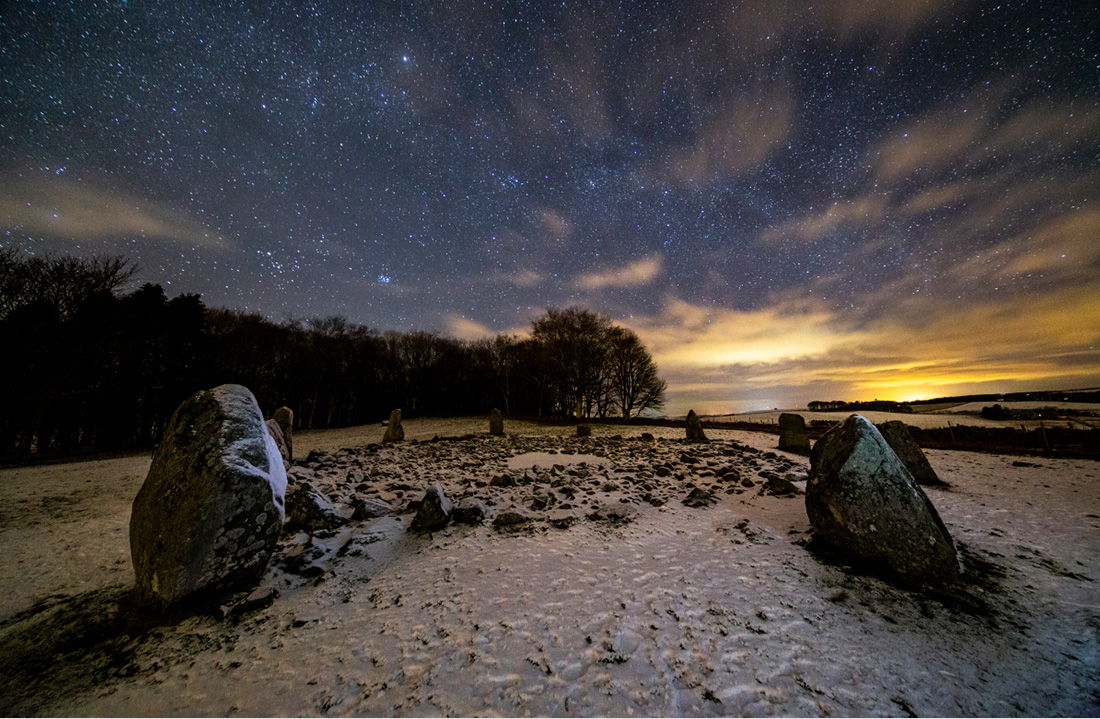
 XP 10mm F 3.5
XP 10mm F 3.5
 Canon 6D
Canon 6D
 F3.5
F3.5
 30 sec
30 sec
 3200
3200
 Manual
Manual
 -
-
 -
-
 -
-
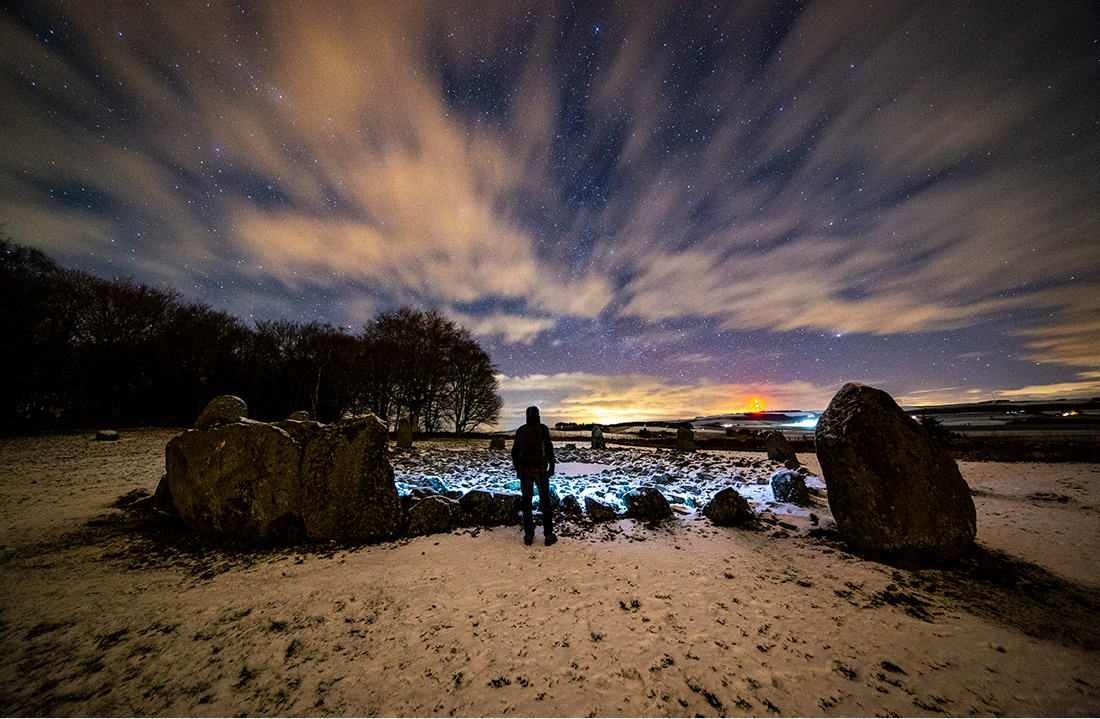
 XP 10mm F 3.5
XP 10mm F 3.5
 Canon
Canon
 F3.5
F3.5
 30 sec
30 sec
 3200
3200
 Manual
Manual
 -
-
 -
-
 -
-
